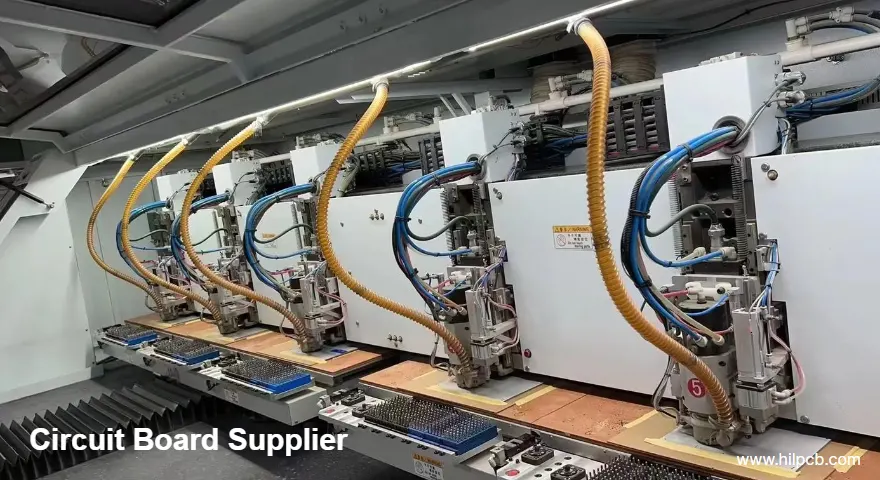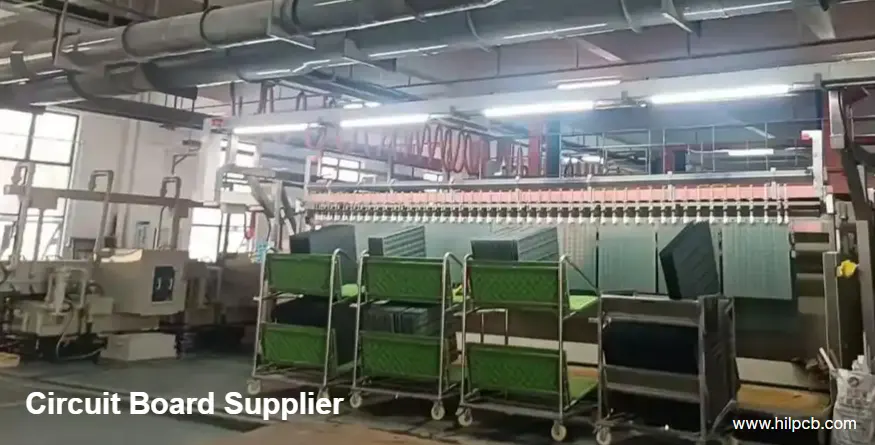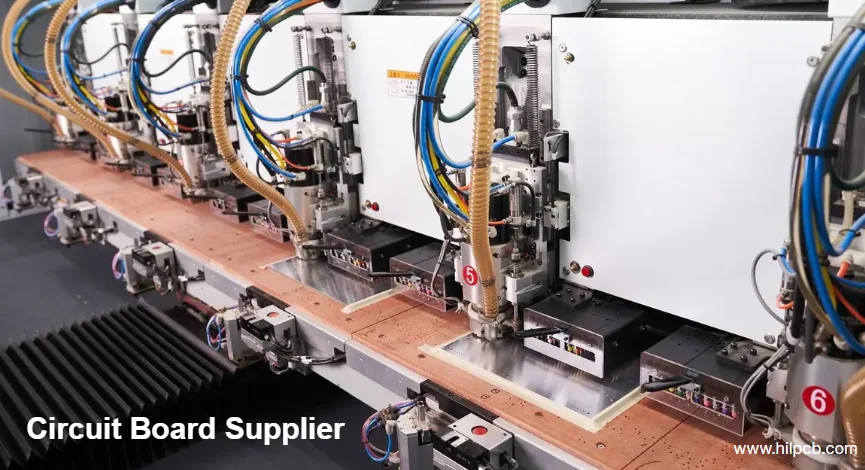Finding the right PCB supplier is one of the most important decisions in electronics manufacturing. A strong supplier ensures stable quality, accurate lead times, and responsive service — while a poor one can lead to delays, hidden costs, and customer dissatisfaction.
At HILPCB, we combine global manufacturing capabilities with local technical support, helping businesses source and scale confidently. Here’s a complete guide on how to choose a reliable circuit board supplier and what to evaluate before you commit.
1. Understanding the Role of a PCB Supplier
A circuit board supplier connects design and production — translating your Gerber files, specifications, and quality requirements into a deliverable product. The best suppliers act as engineering partners, not just vendors.
They help clients:
- Verify design manufacturability (DFM review)
- Select suitable materials (FR4, Rogers, Polyimide, etc.)
- Manage production across multiple factories
- Handle logistics, customs, and delivery
- Ensure consistent testing and inspection
At HILPCB, we operate as both a circuit board manufacturer and a sourcing partner — giving you one point of accountability from start to finish.
2. How to Evaluate PCB Suppliers for Reliability
This is the heart of supplier selection. The following factors determine whether a vendor can deliver quality, speed, and stability over time.
a) Technical Capabilities
A professional supplier should handle a range of technologies:
- Multilayer, HDI, and impedance-controlled boards
- Flexible, rigid-flex, and high-frequency PCBs
- Fine-pitch designs (as tight as 2/2 mil)
- Lead-free and RoHS-compliant production
Suppliers limited to low-end 2-layer boards may struggle when your product scales to 8+ layers or requires impedance control.
b) Certifications and Quality Systems
Certifications prove process discipline and traceability. Look for ISO 9001, IATF 16949, UL, and RoHS compliance. These ensure the factory follows defined inspection, testing, and documentation procedures.
Our own circuit board factory follows IPC Class 2 and Class 3 standards — used in automotive, medical, and aerospace electronics.
c) Quality Control and Testing
A trustworthy supplier runs AOI (Automated Optical Inspection), flying probe testing, and X-ray inspection before shipment. Ask for sample reports to confirm they test for shorts, opens, and layer registration accuracy. For advanced projects, impedance and cross-section reports should also be available.
d) Engineering Support and Communication
Does the supplier simply take orders, or do they review your design? A good one provides DFM feedback, suggests stack-up optimizations, and clarifies tolerances before production begins. Communication quality directly predicts production reliability.
e) Supply Chain Stability and Scalability
Long-term production requires secure material sourcing. Suppliers should have stable relationships with laminate providers (Isola, Shengyi, Rogers) and flexible production capacity for both prototype and mass circuit board production.

3. Comparing Global vs Local PCB Suppliers
| Type | Advantages | Limitations |
|---|---|---|
| Global Suppliers | Lower cost, advanced technology, large capacity | Longer shipping time, possible communication barriers |
| Local Suppliers | Faster response, easier communication, quick logistics | Smaller capacity, higher price per unit |
The best approach is a hybrid model — a supplier with global-scale manufacturing but localized technical and logistics support. That’s exactly how HILPCB operates: we combine international production with regional coordination for faster, more reliable delivery.
4. Pricing and Lead Time — What to Expect
Cost is important, but it should never be the only factor. Here’s what typically affects PCB pricing:
- Layer count and board complexity
- Material type (FR4 vs Rogers)
- Copper weight and surface finish
- Testing and inspection levels
- Order volume and delivery speed
Typical lead times range from:
- Prototypes: 3–5 business days
- Small batch: 7–10 business days
- Mass production: 10–15 business days
Fast lead times come from streamlined engineering, automation, and integrated logistics — the key advantage of a vertically integrated circuit board company like HILPCB.

5. Building Long-Term Supplier Relationships
Reliable supply chains aren’t built overnight. Long-term success comes from consistent communication, transparency, and mutual planning.
Practical tips:
- Share annual forecasts for material planning
- Conduct periodic quality audits
- Use performance KPIs (on-time rate, defect rate, responsiveness)
- Encourage suppliers to propose design or process improvements
At HILPCB, we act as a long-term partner — not just a one-time vendor — by integrating fabrication, logistics, and circuit board assembly under one management system.
6. Risk Management in PCB Sourcing
Global disruptions can impact electronics supply chains. Before signing a contract, confirm whether your supplier can:
- Source materials from multiple regions
- Hold safety stock for critical items
- Provide alternative factories in case of emergencies
- Manage logistics through different shipping hubs
Proactive risk management ensures continuous delivery even during market volatility.
7. Choosing a Responsible Circuit Board Supplier
Selecting a circuit-board-supplier isn’t just about pricing or lead time—it’s about long-term reliability and responsible manufacturing. A trusted PCB partner should operate with transparency, meet RoHS, REACH, and ISO 14001 standards, and demonstrate genuine commitment to environmental protection.
At HILPCB, we combine technical expertise with sustainable practices. From recycling copper residues to proper wastewater treatment, our production processes minimize environmental impact while ensuring consistent quality. Choosing a responsible circuit-board-supplier means securing both product performance and ethical manufacturing for the future of electronics.
FAQ About PCB Suppliers
What should I check before choosing a PCB supplier?
Review certifications, production capabilities, testing methods, and sample quality before placing your first order.
How do I compare quotes between different suppliers?
Look beyond price. Compare lead times, testing options, and included services such as DFM checks or impedance reporting.
Is it safe to order PCBs from overseas?
Yes, if the supplier is certified, provides real-time tracking, and offers transparent communication. Many reliable overseas vendors deliver better quality at competitive prices.
Can one supplier handle both prototypes and large orders?
Yes, some companies (like HILPCB) provide unified services covering prototyping, production, and assembly for full process consistency.
How do I handle communication barriers with offshore suppliers?
Work with suppliers offering multilingual support and local representatives for project management and technical coordination.
What happens if my boards arrive defective?
A professional supplier should provide a clear warranty or replacement policy, along with documented inspection data.

